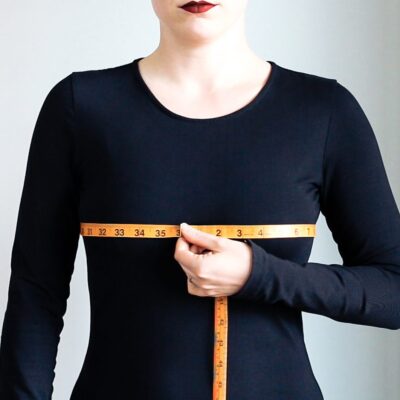Last Updated on April 10, 2023
Whether you fully understand it or not, chances are you’re already participating in the metaverse. While there is still much debate on what a truly immersive metaverse experience is, proto-metaverse worlds have existed for years, and are gaining popularity by the day. According to BoF, 72% of US consumers have accessed a virtual world within the last twelve months, with more than half showing interest in purchasing an online asset. This includes the virtual worlds created by the online gaming industry, and the use of metaverse technology driving employee collaboration in the hybrid workplace.
So, what is the metaverse, and what does it mean for the fashion industry?
The metaverse refers to a 3D virtual realm where users can shop, work, socialize, and perform all the actions of their physical reality from the comfort of their homes. While the term has been used to signify a shared space, games like Roblox and Fortnite have created virtual realities that boast an estimated 50 and 25 million daily users, respectively. According to Vogue Business, the popularity of gaming has lifted the gaming industry—which is a huge part of the metaverse—to a $222 billion valuation. As a result, fashion brands have accelerated their efforts to stake their claim in the industry.
More and more, people are dressing their avatars in the metaverse—and are often willing to pay for more choices. The popularity of digital wearables, and events like the first-ever Metaverse Fashion Week in 2022—with brands like Dolce & Gabbana, Estée Lauder, Etro, and Tommy Hilfiger—could be a positive sign for those who are concerned about oversupply and waste. Sensorium points to “massive margins” for retailers, but also the possible elimination of excessive inventory. With a digital-first approach, brands can increase customer engagement, access secondary market profits, and only create physical garments when they choose to, or on a demand basis.
The benefits to the environment could be tremendous. Fashionabc puts this in context when they make mention that the production of digital clothing emits 97% less carbon dioxide and saves a whopping 3000 liters of water per item than the physical alternative. If brands actually made the shift to producing more digital clothing than physical clothing, this would create a more sustainable fashion industry. As such, it should be safe to assume that this substitute would contribute positively to the shift towards sustainability.
Are Fashion Brands Actually More Sustainable Because of the Metaverse?
The emergence of the conscious consumer is putting pressure on brands to leverage technology to improve their production and supply chain processes. However, this commitment is yet to be truly realized for most brands. On the other hand, selling garments in the metaverse enables brands to increase their revenue with a limited impact on the environment. Some of the brands engaging with customers in the metaverse include the creation of Gucci Garden and Gucci Town and the pioneers identified by The Drum—Burberry’s partnership with Mythical Games on the Blankos Block Party game, Balenciaga’s creation of a virtual pop-up store in Fortnite, and the launch of the Louis Game which includes custom Louis Vuitton clothing and collectable NFTs.
In a January 2023 article, Glossy explores H&M’s alleged promotion of sustainability in the metaverse. Unfortunately, critics have slammed their efforts, starting with H&M’s appointment of Maisie Williams as a sustainability ambassador in 2021, citing her lack of experience in the field. The Swedish fast-fashion giant then launched their PETA-approved digital fashion collection. This along with their 2023 Roblox launch, has seen the brand come under fire for advocating circular fashion in gaming without fulfilling their environmental promise in their physical production practices.

In light of this, while the metaverse could provide many benefits, fast fashion and luxury brands still have a long way to go when it comes to enacting ethical practices and reducing the production of physical garments. According to Good On You, these retailers use digital fashion as a marketing tool to attract more customers rather than address their processes. Unfortunately, this alternative revenue stream has an additional impact on the environment, as brands use energy-intensive NFTs to increase digital customer engagement like Adidas x Prada, Chito x Givenchy, and Bulgari. While the effects of NFTs are less than physical production, using them as a marketing tool instead of an opportunity to lessen production compounds their overall environmental impact.
On the bright side, the digital realm provides a platform for creators to enter a highly profitable market with the potential of bypassing traditional gatekeepers. Moreover, fashion enthusiasts can turn their attention to purely digital fashion brands like The Fabricant and The Republique. The former was made famous when Richard Ma, a businessman from San Fransico bought a £7,500 maxi dress for his wife—a digital garment photoshopped onto her picture—as referenced by Singapore-based FEMALE magazine. On the other hand, The Republique has a comprehensive collection in their digital store with vests and t-shirts starting at more palatable price points like £3. These and the many other fashion brands participating in this space are a testament to the endless possibilities for metaverse designers, consumers, and the real proponents of sustainable fashion.










Sandra
Amazing article! It’s about time we look into sustainable ways in fashion.